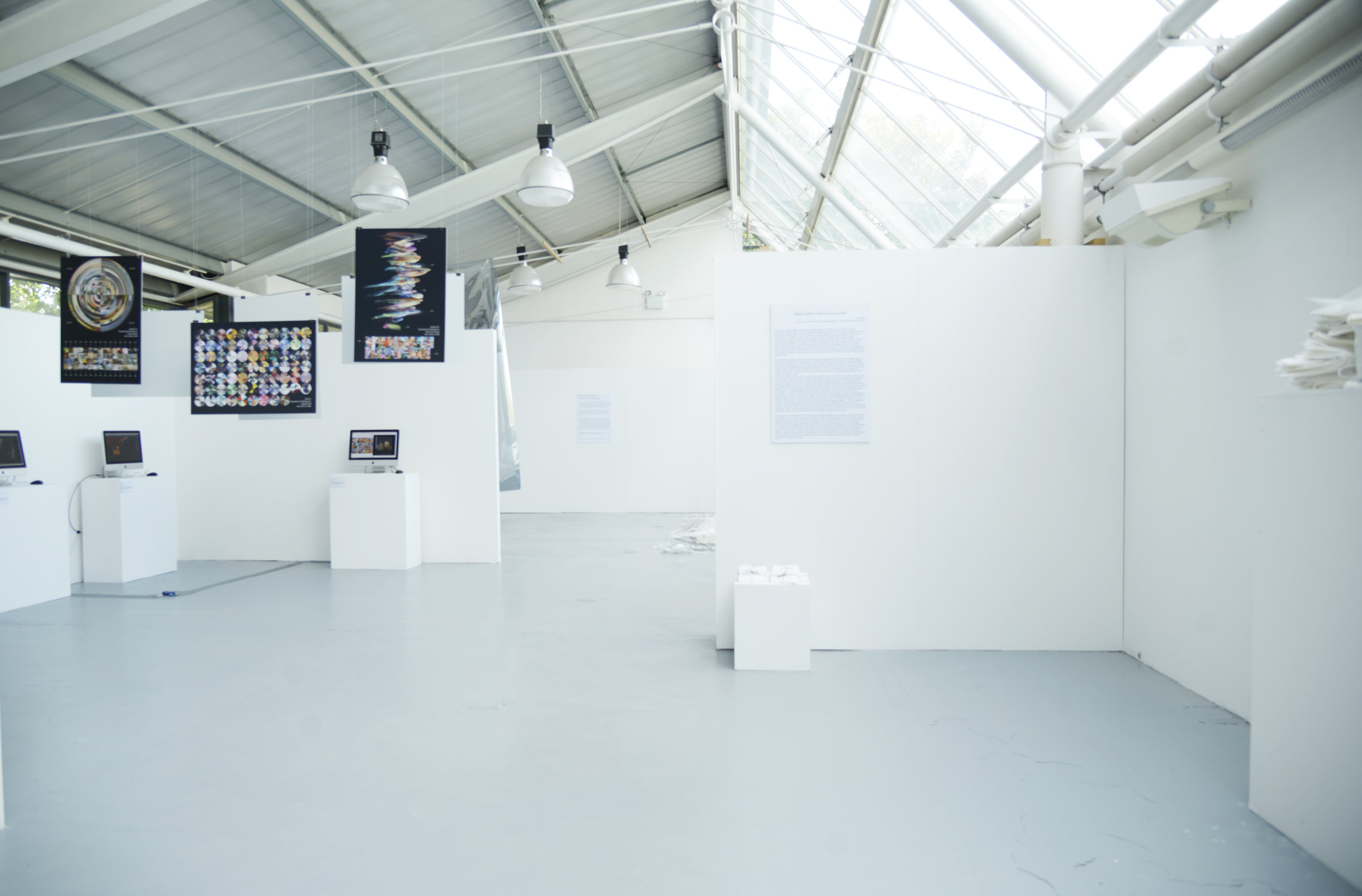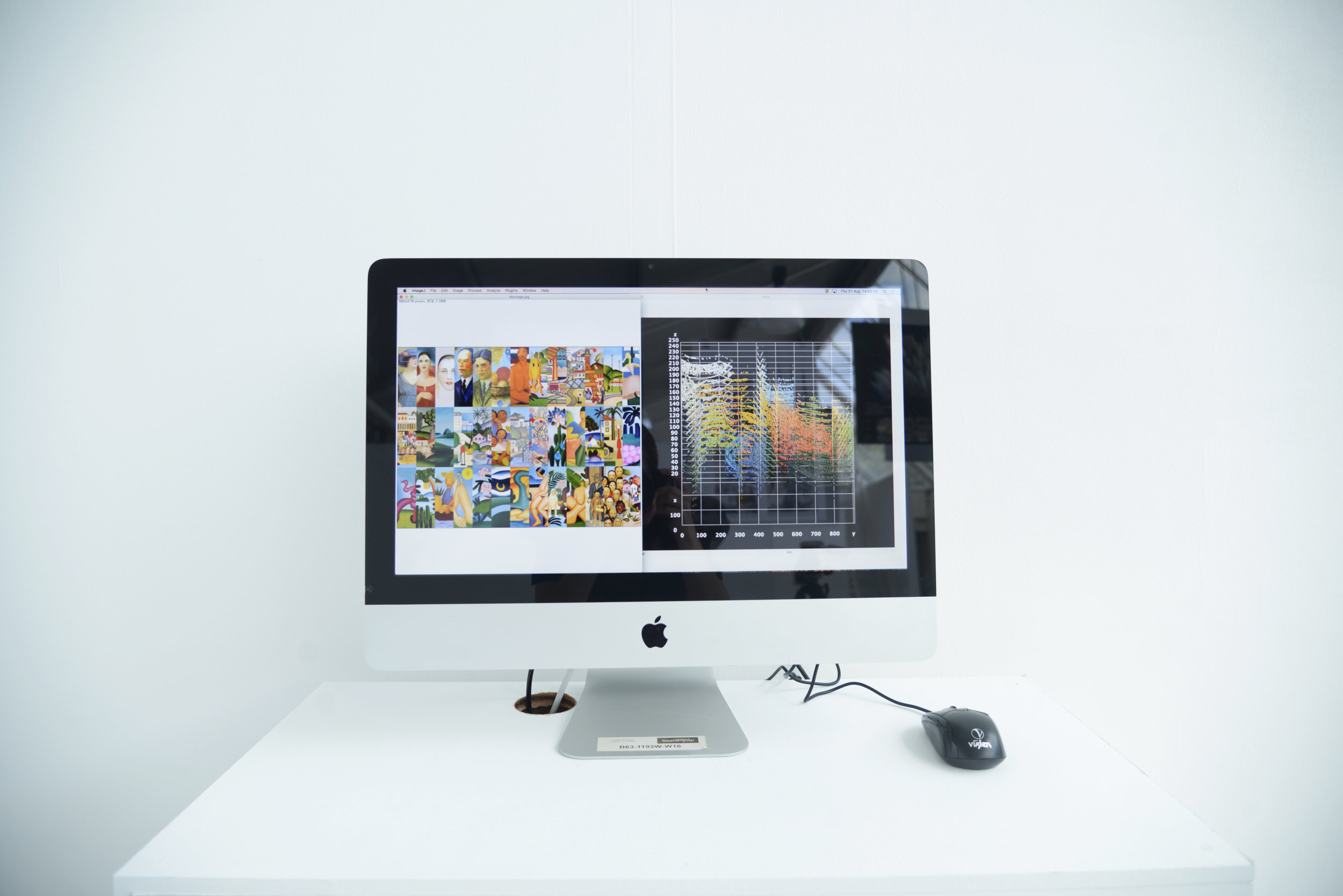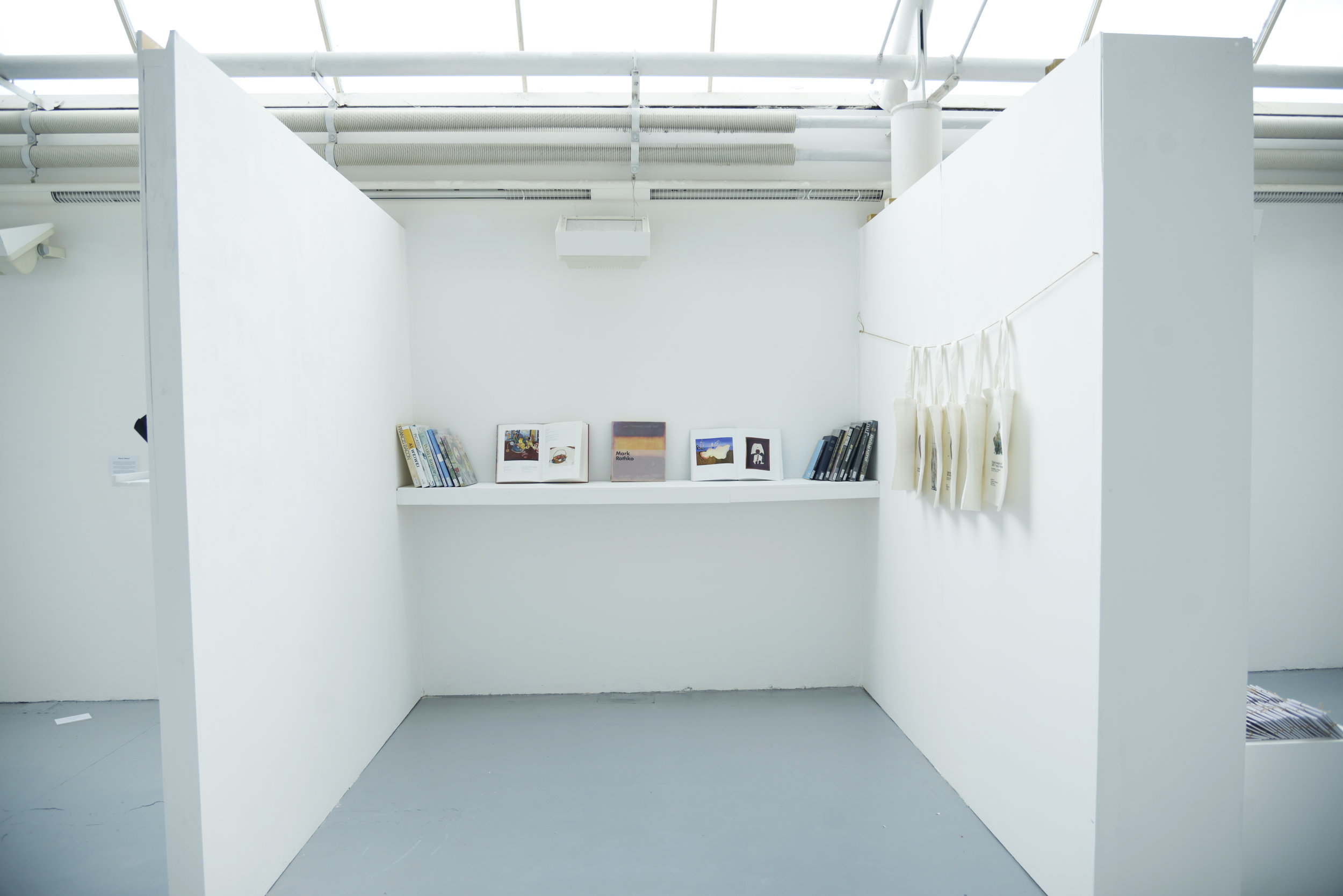Digital Insights of 20th Century Painting
Curators:
Xiaoyu Lyu, Doreen A. Ríos, Shuosheng Gan, Junqing Zhu and Xuan Yan.
In visual art, Realism often means artistic representation of reality as it is, an act of mimesis. Compared to Romanticism, which emphasizes subjective experience and emotion, Realism focuses on facts and ordinary life. In the 19th century, Realists depicted figures and scenes as they were experienced—or might be experienced—in everyday life. They often participated in social movements through their paintings. For example, Gustave Courbet (1819–1877) portrayed working-class life in his paintings. In the digital era, which we’ll define as “life with smartphones,” how has Realism been adopted in a networked environment? Does new technology help to continue the artistic intentions, achievements, and aesthetics of Realism? If so, how? (Min 2015). In the opposite way, and reconnecting with Romanticism, could we also use technology to fuel an emotional analysis? is it possible to trigger an intimate connection between the artwork and the audience through the use of digital tools?
This exhibition fundamentally relies on the way we understand 20th century art in the digital age. It was inspired by Rothko Viz: Visualizing 201 paintings by Mark Rothko, a series of data visualisation experiments created by Everardo Reyes, which consists in tracking the evolution of Rothko’s artwork through the use of digital technology. This series is an example of a visual analysis of painting through dataviz, which could be used for research purposes as well as an educative tool. It includes 2D images, 3D models, charts that show the transformation of Rothko’s artwork plotted within X and Y axes and interactive maps.
Having this project in mind, and considering the potential it has to uncover the evolution and personal development of artists, we worked closely with Everardo to generate the visualisation of the artwork of six painters of the 20th century.
Exhibition view
West Side building, Winchester School of Art, United Kingdom






































In order to be able to provide a worldwide view of 20th century painting, in addition to American abstract expressionist painter Mark Rothko, we explored the artwork of Spanish artist Salvador Dalí – a well-known multidisciplinary artist whose paintings gained particular attention due to his strong influence from Renaissance masters, and as one of the strongest figures of Surrealism –; Australian painter Clarice Beckett – famous for her use of colour and dreamy landscapes as well as her painting techniques which allowed her to create a sense of transparency in her paintings–; Tarsila do Amaral, from Brazil – also known as "the Brazilian painter who best achieved Brazilian aspirations for nationalistic expression in a modern style" (Lucie-Smith 2004) and a core member of the art group Grupo dos Cinco; South African artist Maggie Laubser – who is considered to have introduced Expressionism to South Africa, as well as working with diverse elements of Fauvism, and a pastoralism that belies the German Expressionist prototypes she was surrounded with (Harmsen 1985) –; and Chinese painter Wu Guanzhong – famous for his mix of Fauvism and Chinese calligraphy as well as a deep interest in creating bridges between East and West –.
We defined the central theme of this exhibition as “Digital insights of 20th century painting”. Through the display of these exhibits we invite the visitors to submerge themselves into diverse paintings that belong to the 20th century but in the era of digital media. We hope this allows them to engage into a deeper conversation about inspiration, sensibility and an intimate approach to an artist’s career.
Our objective is to highlight how digital technologies can be used to understand a non-traditional side of art history, while encouraging the audience to read multiple artworks at the same time, offering an allegory of contemporary visual consumption, and perhaps building new links with the process of creation. We aim to show a face of these artists that is not commonly known unless you are an expert and, through this, provide the opportunity to connect on a different level with the artists, looking beyond their well-known pieces.
Private view
31/08/17
Winchester School of Art










